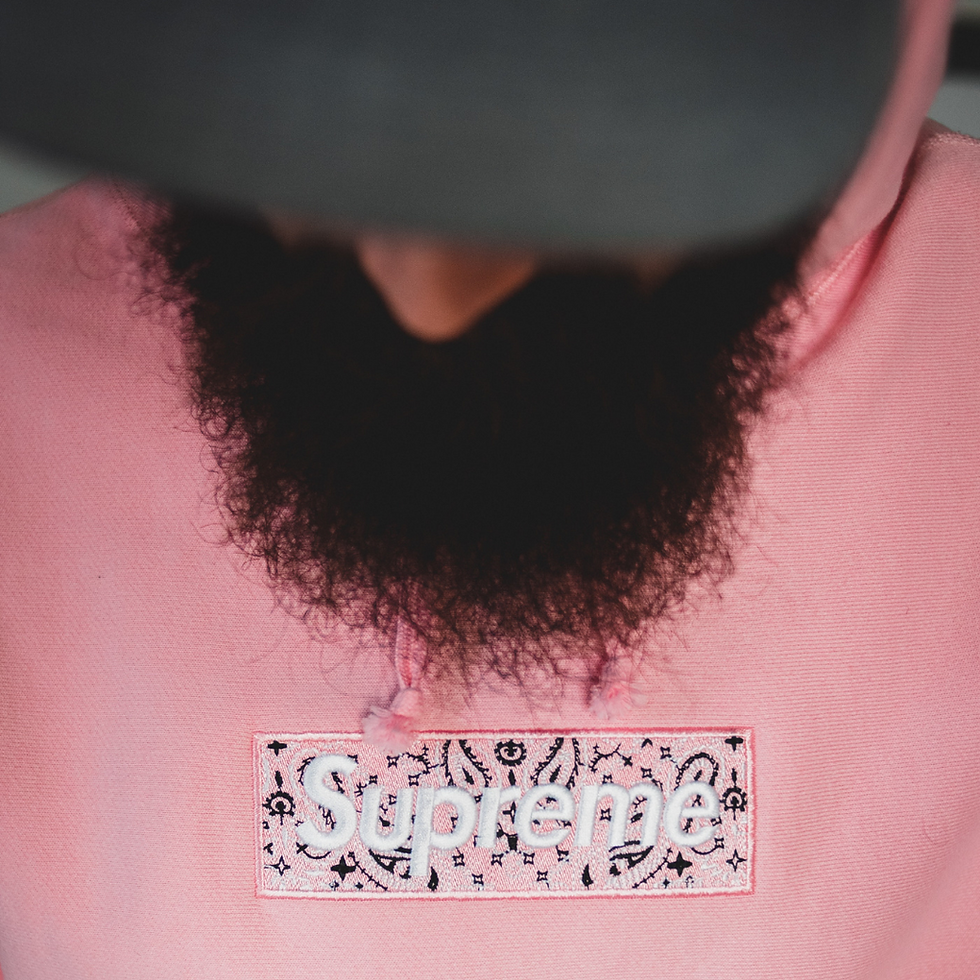
What is a counterculture sport?
The term 'counterculture' is often associated with the 1960s, when many of America's youth threw away their parents’ conventional fashions, exchanging them for loosely worn flares and psychedelic shirts. The phrase, 'counterculture', has since carried an anti-establishment sentiment due to its timeless breach of mainstream fashions and socio-political norms.
Like the youth of the 1960s, alternative sports now carry this 'counterculture' title because of their existence outside of mainstream sports like football, tennis, and rugby. Sports such as skateboarding, BMX, mountain biking, and outdoor climbing, on the other hand, are activities known for their extreme and rebellious nature, as well as their rejection of mainstream fashions, such as the athleisure look.
Reminiscent of the '60s, the purpose behind fashion in counterculture sports is to express individuality and to reject the conventional consumerism of high street fashion. This leads us to the topic of conversation: how fashion expressed by counterculture sports have created communities that focus more on mental health awareness and sustainability, rather than revenue generated by popular branding and consumerism.
Why are countercultures sport more progressive than mainstream sports?
From a young age, 'mainstream' sports are forced onto us through social pressure and popular culture due to their presence in UK society. The Premier League, for example, made an approximate revenue of £4.8bn in 2019, suggesting just how widely influential it is on culture and consumer markets.
At the same time, however, the sport witnessed an intense heightening of racism, both internally and externally. The football community is vast, and therefore, it is divided by unhealthy competition. From a fashion point of view, the possible reasoning for this is the lack of individuality within the sport and the money injected into the game by brands such as Nike and adidas, creating a demand for athletic ambassadors to constantly perform at a high standard to endorse the brands they're promoting.
Consequently, competition is always going to divide those within the community of football, as comradery in the sport is pushed to one side by performance and endorsement. On the other hand, branding in counterculture sports works much differently.
Take skateboarding, for example. While brands such as adidas, Nike, Dickies, and New Balance dominate the revenue made in the sport, the emphasis remains on the expression of the individual and how influential they are to the community.
Someone who expresses positivity and creativity to the sport is valuable, and skateboarding understands that. There are still competitions and teams in skateboarding (i.e., Nike's team or adidas' team), but collaboration is not unusual, and the sense of community is strengthened when something tragic happens to an athlete.
Founded in 2019, the Ben Reamers Foundation was established after the suicide of a professional skateboarder: Ben Reamers. The charity was created with the intention of using skateboarding as a platform to spread ideas of self-love and mental health awareness. While the BLM movement undertook tremendous steps towards combating racism in sports like football, counterculture activities have shown more inclusivity to people of varying ethnicities and backgrounds due to the acceptance of expression via individualistic fashion, as well as the mutual love for the sport displacing hate and discrimination.
How are counterculture sports promoting sustainability?
All sports have leading brands, and counterculture sports are no exception. Nike, adidas, and New Balance are some of the many leading companies producing sporting equipment and clothes purposed to look good while ensuring high levels of performance.
The influence that mainstream sport has on fashion is seen by the global athleisure market valuing at $284.73 billion in 2020, with gym wear being particularly popular. The issue that arises from this, however, is sustainability. Who is really paying for this fashion?
As new sports equipment is made, there are further environmental and humanitarian costs, from the toxic pesticides used to grow cotton to the poisonous dyes polluting vital drinking water systems, as well as the inhalation of microfibres by the garment workers in factories.
While counterculture sports are inevitably plagued with similar issues (with Nike and adidas producing and endorsing goods in BMX and skateboarding), what defines a counterculture sport is its inclusivity of fashions outside of sport. This has resulted in many skateboarders, BMXers, climbers, and mountain bikers turning to second-hand marketplaces such as Depop, in turn, cutting costs, recycling, and ultimately being more sustainable in their fashion choices. The impact counterculture sport is playing in other areas of expressive and eco-friendly culture is also visible, with artists such as Haroshi finding success making sculptures from recycled skateboards.
Hope for the halfpipe
Much like the rebellious youth of the 1960s whose actions played an enormous role in elevating new beliefs in popular culture and fashion, counterculture sport seems to be continuing this trend through the creative and expressive unity of fashion found within their communities.
While branding in skateboarding is equally as important to branding in football, less emphasis lies on performance than that of influence and since the tragic suicide of Ben Raemers, positivity and creativity has been centred at the front of skateboarding endorsement as a means to show that sport should be fun and can be enjoyed by anyone.
What counterculture sport ultimately teaches is not to overly admire the mainstream, but to admire yourself and who you want to be. It doesn’t matter whether the clothes you wear are trending or not, what matters is that you are wearing them.
Comentarios